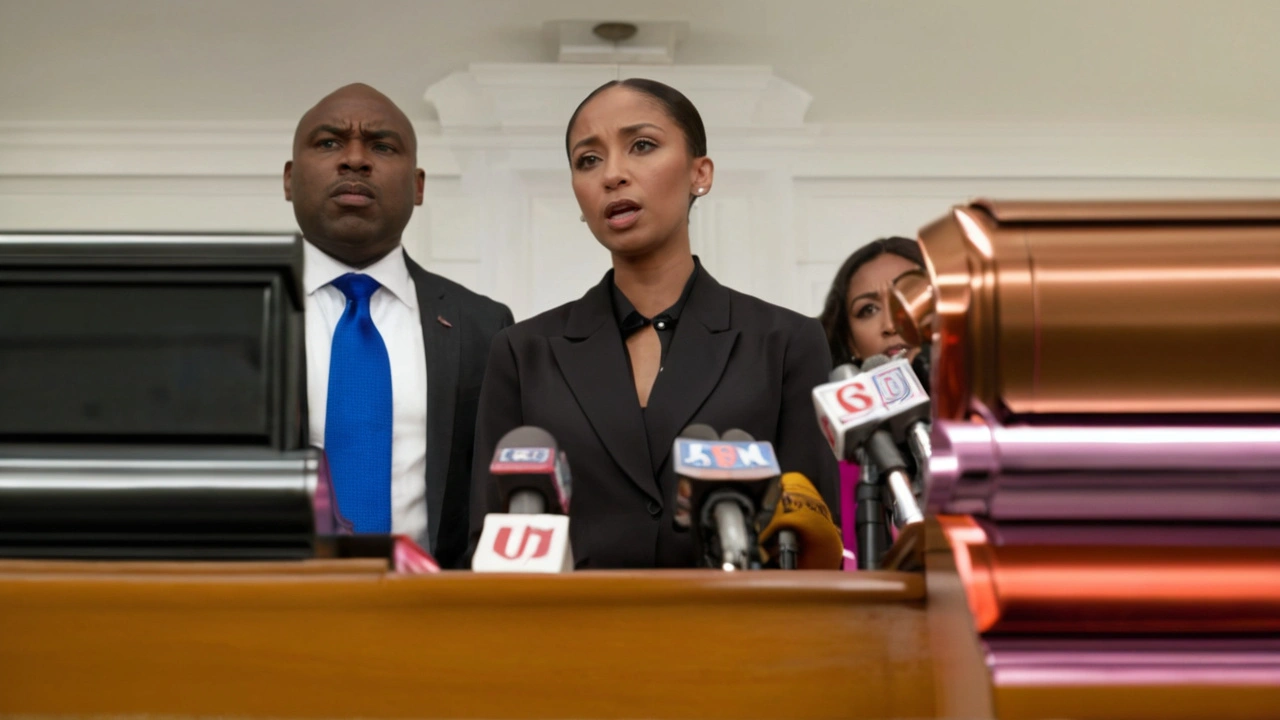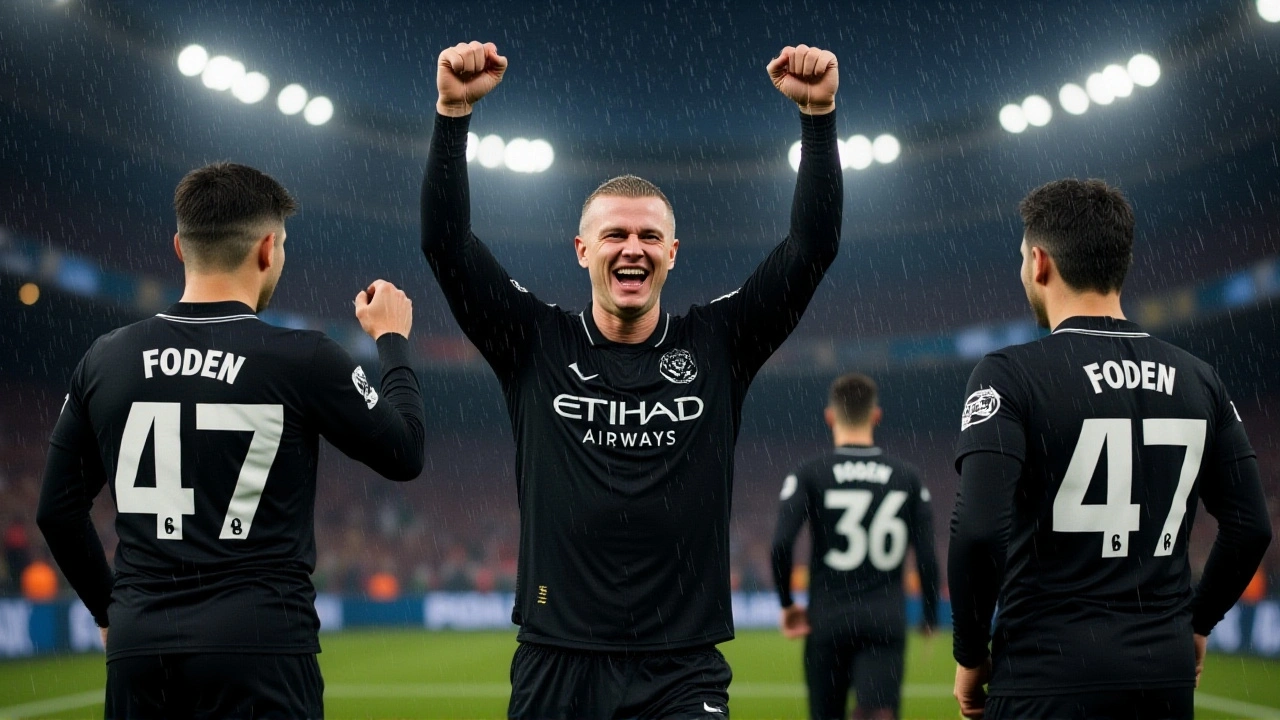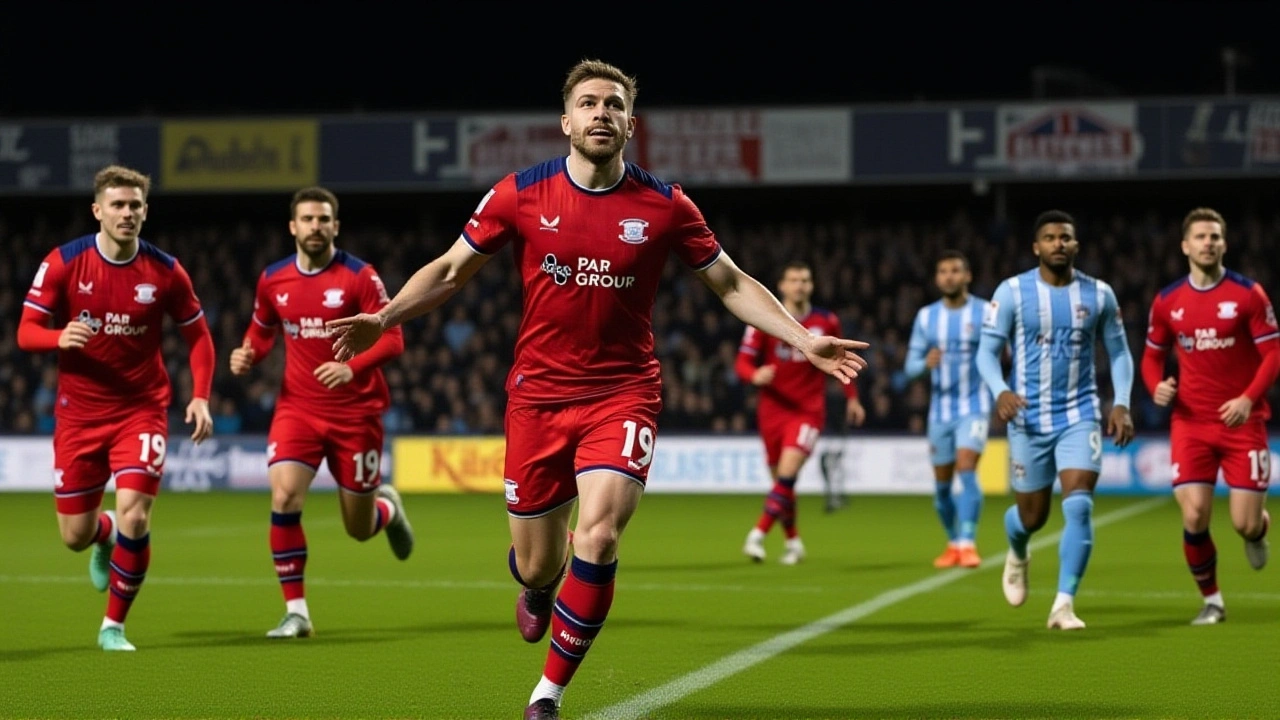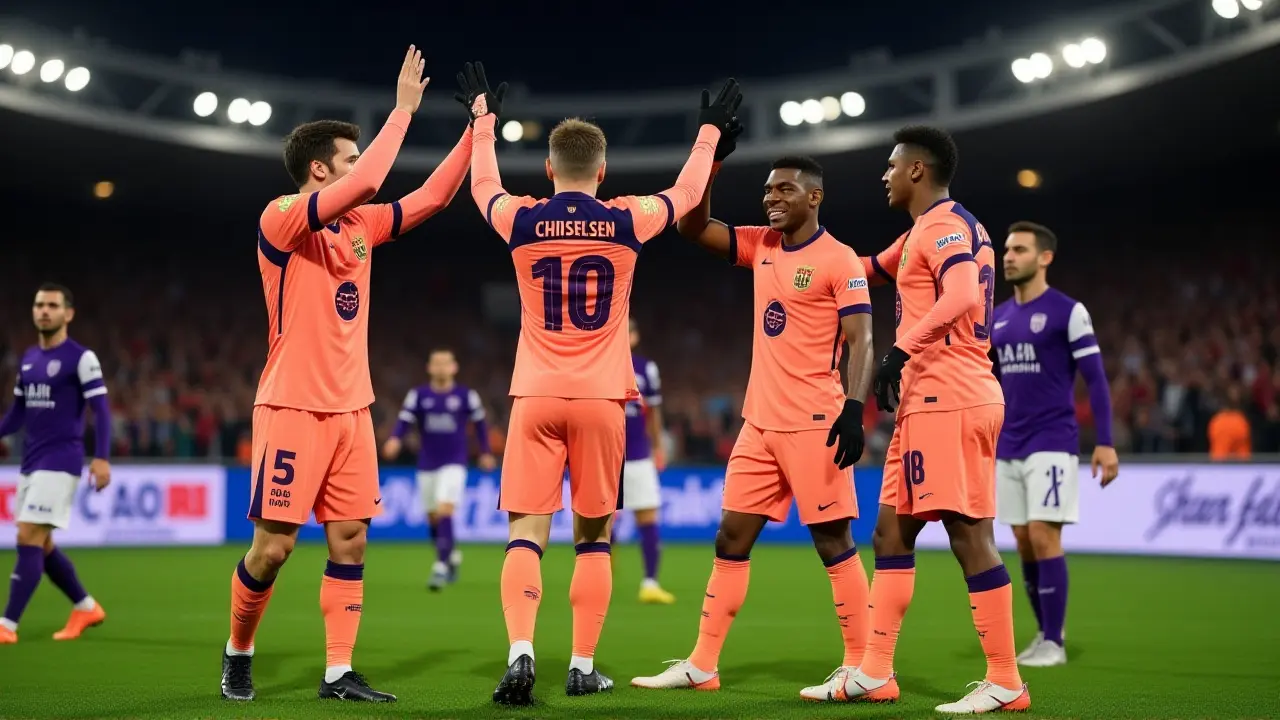Police shooting: what happened, what we report, and what to do
Police shootings grab headlines and spark strong reactions. You want quick facts, trustworthy updates, and practical steps if you’re affected or witnessing an incident. This tag collects our stories, investigations, and expert context so you can follow events without the noise.
Here you’ll find breaking reports, court updates, and deeper reads that explain how and why a shooting happened. We cover official statements, eyewitness accounts, video evidence when available, legal developments, and the wider public response. Expect pieces that focus on accountability, police procedure, and community impact.
Many incidents tie into bigger issues: alleged corruption, weak oversight, or political pressure on law enforcement. That makes follow-up reporting important. We track trials, internal investigations, and policy changes so you can see whether immediate headlines lead to real outcomes.
Some terms you’ll see often: "use of force" (how police act during an incident), "deadly force" (when actions can kill), and "internal investigation" (the police review of their own officers). Knowing these helps you read reports without getting lost in jargon.
How we cover police shootings
We start with verification. That means cross-checking official releases, video footage, hospital or court records, and independent witness statements. If a report cites a video clip, we say so and explain what the clip does and doesn’t show. If details change, we update the story and note what new evidence altered the picture.
We also separate immediate updates from deeper analysis. A short breaking piece tells you who, when, and where. A follow-up explains procedure, legal context, and past patterns. For high-profile cases we dig into past complaints, disciplinary records, and how local oversight bodies have acted before.
If you witness a police shooting or are affected
First: stay safe. Move to a secure place and call emergency services if anyone is hurt. If you can safely record from a distance, video can be crucial—make sure the footage shows time and place. Note names, badge numbers, vehicle details, and anything else you can remember.
If you’re directly involved or injured, seek medical care and legal help as soon as possible. Contact a lawyer or a local rights group that works on police accountability. They can guide you on preserving evidence and filing official complaints. Avoid sharing unverified personal details online until you know the legal risks.
Want to help the reporting? Send tips with clear timestamps and your contact details. We verify before publishing, and we’ll protect sources when safety is a concern. If you spot a viral video, tell us where it came from and who posted it first.
Follow this tag for updates on ongoing cases and new investigations. We aim to give clear facts, practical safety advice, and context that helps you understand what comes next after a police shooting.



